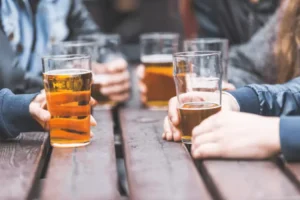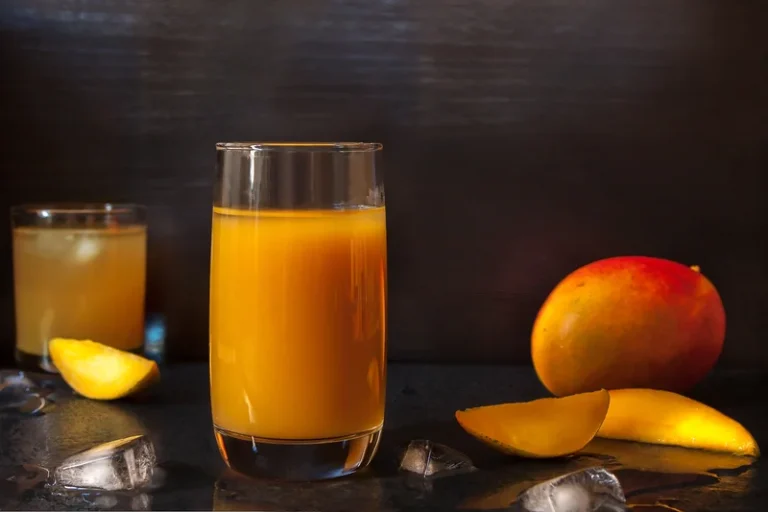
The chart shows us that hundreds of thousands die indirectly or directly from illicit drug use each year. Some examples of Schedule II drugs are cocaine, fentanyl, methamphetamine, oxycodone, and hydrocodone. There are 250 drugs classified as Schedule I. Some examples of Schedule I drugs include ecstacy, heroin, synthetic heroin, LSD, marijuana, and peyote. High-risk behaviors difference between drugs and alcohol and drug abuse also result in much higher chances of contracting viral infections such as hepatitis or HIV. In 2017, the cost of drug abuse in the US was nearly $272 billion, taking into account crime, healthcare needs, lost work productivity and other impacts on society. Mental illness and substance abuse (comorbidity) is relatively common among military veterans.

Drug Related Deaths

Addressing the nation’s mental health crisis and drug overdose epidemic are core pillars of the Biden-Harris Administration’s Unity Agenda. The Administration has invested $3.8 billion through the American Rescue Plan and more than $800 million through the Bipartisan Safer Communities Act in SAMHSA grant programs as part of President Biden’s comprehensive effort to improve access to mental healthcare, prevent overdoses, and save lives. These investments enabled the expansion of lifesaving prevention, treatment, and recovery services and supports in communities throughout the country, including the transition to the 988 Suicide & Crisis Lifeline in July 2022. «In conclusion, this study found that chronic drug use was significantly related to employment status for men and women. On the other hand, male chronic drug users were less likely to participate in the labor force, but no significant relationship existed between chronic drug use and labor force participation for females. Perhaps the most important finding of this study, however, was the lack of any significant relationships between nonchronic drug use, employment, and labor force participation. An implication of this finding is that employers and policy makers should focus on problematic drug users in the same way that they focus on problematic alcohol users.»
The disease burden from alcohol use disorders
In South Australia, where possession of small amounts of cannabis is no longer a criminal offence, the probability of use is estimated to be 2.0 percentage points higher than elsewhere based on the pooled sample of data. Further investigation revealed that although participation increased in South Australia shortly after the liberalization of the cannabis laws, the effect of decriminalization was transitory and had disappeared in seven years. In addition, our results indicate that the increase in participation was due to individuals over 30 delaying giving up cannabis use as a result of its changed legal status, not an increase in useby younger people. This finding provides an explanation of why US studies based on youth fail to find that decriminalization has an impact onthe probability of cannabis use, while studies based on adults and youth, or just adults, do find a positive association between decriminalization and participation in cannabis use.» Among past year misusers of tranquilizers, the most commonly reported reasons were to relax or relieve tension (44.9 percent) or to help with sleep (20.4 percent).
- This is given as the share of adults aged 15 years and older who have drunk alcohol within the previous year.
- « In 2013, among persons aged 12 or older, the rate of current illicit drug use was 3.1 percent among Asians, 8.8 percent among Hispanics, 9.5 percent among whites, 10.5 percent among blacks, 12.3 percent among American Indians or Alaska Natives, 14.0 percent among Native Hawaiians or Other Pacific Islanders, and 17.4 percent among persons reporting two or more races.» There were no statistically significant differences in the rates of current illicit drug use between 2012 and 2013 for any of the racial/ethnic groups.
- « Given that the percentage of 12th grade students who support legalization has never exceeded 50% in the 44 years of this study, some of the greater tolerance for marijuana use among adults21 apparently develops after the high school years.
- For example, a value of 3.6 for bipolar disorder indicates that illicit drug dependency became more than three times more likely in individuals with bipolar disorder than those without.
What is Brain Injury from Drug Use?

«Among people aged 12 or older in 2023, 0.3 percent (or 828,000 people) misused fentanyl in the past year, including 0.2 percent of adolescents aged 12 to 17, 0.3 percent of young adults aged 18 to 25, and 0.3 percent of adults aged 26 or older (Table A.12B). Corresponding estimated numbers of people who misused fentanyl in the past year were 50,000 adolescents aged 12 to 17, 110,000 young adults aged 18 to 25, and 668,000 adults aged 26 or older. Most of the 145 countries that reported data did not have a specific budget line or data on governmental expenditures for treatment of substance use disorders. Although mutual help and peer support groups are useful resources for people with substance use disorders, almost half of responding countries reported that they do not offer such support groups for substance use disorders. Effective treatment options for substance use disorders exist, but treatment coverage remains incredibly low.

Rethinking Drinking
The charts show global consumption of beer, first in terms of beer as a share of total alcohol consumption, and then the estimated average consumption per person. «Only 12th-graders report on their use of all of these drugs; they show a statistically significant decline between 2013 and 2014, from 16 percent to 14 percent, saying that they used one or more of these prescription drugs in the 12 months prior to the survey. The gradual turnaround began after 2005, when 17 percent indicated misuse of any of these drugs. «Any prescription drug misuse includes use of narcotics, sedatives, tranquilizers, and/or amphetamines without medical supervision. It has been of considerable public health concern in recent years, because most of these drugs showed a substantial increase in use in the 1990s, which then continued into the first decade of the 2000s, when many of the illegal drugs already were in decline. https://ecosoberhouse.com/ «We should also note that other factors, such as price, could play an important role for some drugs. Analyses of MTF data have shown, for example, that price probably played an important role in the decline of marijuana use in the 1980s, and in changes in cigarette use in the 1990s.10,11 However, price does not appear to have the same influence in all periods for all drugs, as the dramatic reduction in cocaine prevalence during the late 1980s took place at the same time that the price of cocaine decreased,12 contrary to the supply/demand model.» « Workers with a college education had a lower prevalence of past month heavy alcohol use compared with those without a college education. Past month heavy alcohol use was lower among those with higher levels of education than those with less education (college graduate [6.7 percent] vs. less than high school [10.8 percent]) (Figure 2.6 and Table 2.3).»
- Rates are highest for young adults aged 18 to 25, with 33.5 percent reporting illicit drug use in the past year.
- The risk of an alcohol use disorder is highest in individuals with intermittent explosive disorder, dysthymia, ODD, bipolar disorder, and social phobia.
- «The lowest proportion of smokers among tobacco users is seen in the South-East Asia Region where 26.5% of people were current users of tobacco with less than half of these using a smoked tobacco product. There was a marked difference by sex with 55% of males using a smoked product compared with 14% of female tobacco users who were smokers (see Table 7).
- « A majority of 12th graders perceive that regular use of many drugs entails a great risk of harm for the user. In 2022, as Table 8-3 shows, 84% of 12th graders perceive a great risk of harm from regular use of heroin, and 77% for cocaine. More than half (60%) of 12th graders attribute great risk to regular use of LSD, and about half (52%) do so for regular use of amphetamines. About half (54%) of all 12th graders think that regular use of sedatives (barbiturates) involves a great risk of harm to the user. The perceived risk of marijuana is relatively much lower, with a little more than one in four 12th graders (28%) ascribing great risk to regular use.
- Rates of alcohol-induced deaths have risen over the past 2 decades, with a sharp increase during the first year of the COVID-19 pandemic.
Alcohol, crime, and road deaths

Impact on Health and Health Care Systems
- Both are measured in terms of pure alcohol/ethanol intake rather than the total quantity of the beverage.
- Based on population estimates from the same study, this translates into approximately 1.8 million unemployed individuals who were current drug abusers.
- « Measures on the availability of cigarettes are not included in the 12th-grade questionnaires because we have assumed that they are almost universally available to this age group. However, data on this measure are collected from 8th and 10th graders, which clearly show that cigarettes are readily available to most of them. In 2013, 50% of 8th graders and 71% of 10th graders thought that cigarettes would be fairly easy or very easy for them to get if they wanted some.
- «The average prevalence of lifetime use of illicit drugs was 17 %, with considerable variation across ESPAD countries. It should be noted that this mainly relates to cannabis use (average lifetime prevalence of 16 %). The highest proportions of students reporting lifetime use of any illicit drug were found in Czechia (29 %), Italy (28 %), Latvia (27 %) and Slovakia (25 %). Particularly low levels (10 % or less) of lifetime illicit drug use were noted in Kosovo, Iceland, North Macedonia, Ukraine, Serbia, Sweden, Norway, Greece and Romania.»
- By default, the data for France is shown – in recent decades, here, the share of beer consumption increased to make up around a fifth of alcohol consumption in France.